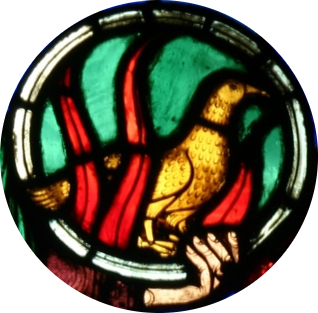Project facts
Presentation
When we think about great architectural achievements in European history, such as ancient amphitheatres or gothic cathedrals, their importance is strongly tied to their acoustic environment. The acoustics of a heritage site is an intangible consequence of space’s tangible construction and furnishings. It is ephemeral, while also a concrete result of the physical nature of the environment. Through the “Past Has Ears” project, we will explore how via measurements, research, and virtual reconstructions the acoustics of heritage spaces can be documented, reconstructed and experiences for spaces both existing and in various altered states.
The PHE project focuses on the preservation, conservation, and reconstruction of heritage sites, bringing them back from the ashes for use by researchers, stakeholders, cultural institutions, and the general public.
Comprising research teams with experience in acoustic reconstructions and historical research, paired with national heritage monuments of acoustic importance, the consortium will develop a joint methodology for addressing relevant archaeological acoustic issues across Europe with historians of different disciplines. Specialists in tangible/intangible cultural heritage legal issues ensure the viability and longevity of the methodology guidelines. The consortium will prototype the next generation exploration tools for presenting digital acoustic reconstructions to scientists and museum visitors alike.
Impacts & Results
Results will be evaluated with associated test heritage sites, created in partnership with stakeholders and experienced content producers.
Presentation methods provide first-person in-situ or off-site explorations, with the ability to experience various historical periods.
For deteriorated sites, this approach provides access to situations impossible to experience on-site.
Additional uses include participative experiences, employing real-time reconstructions for on-site concerts, and other events experienced in the heritage acoustics.
Banner: “The macellum (market) dating to the Hadrianic period (117-138) and the reconstructed monumental colonnade, Minturnae, Minturno, Italy” by Following Hadrian is licensed with CC BY-SA 2.0.

